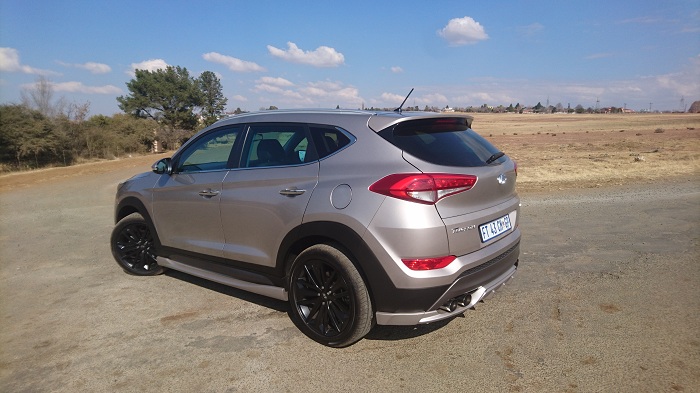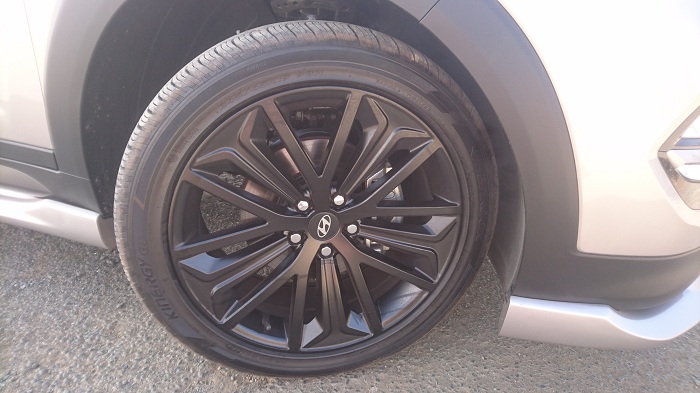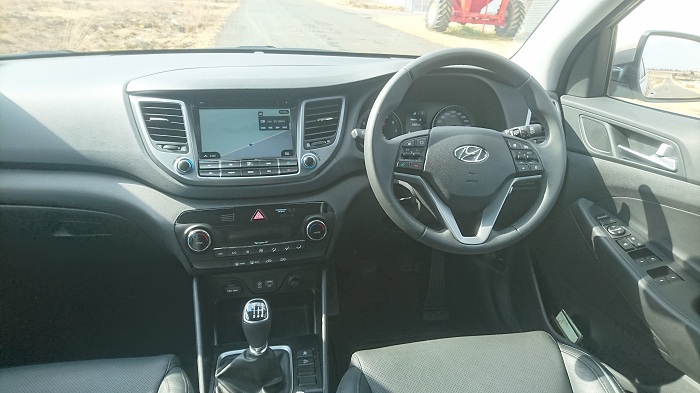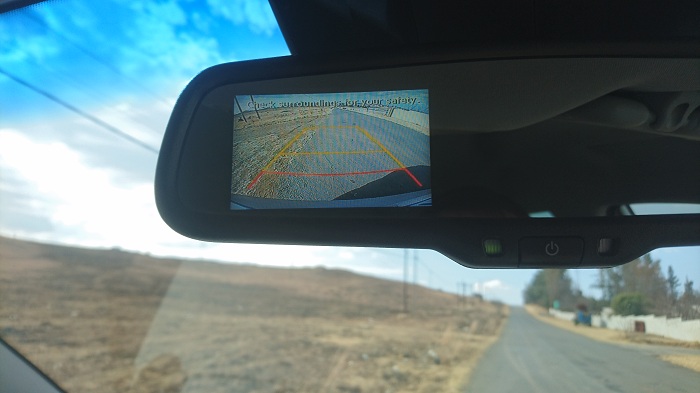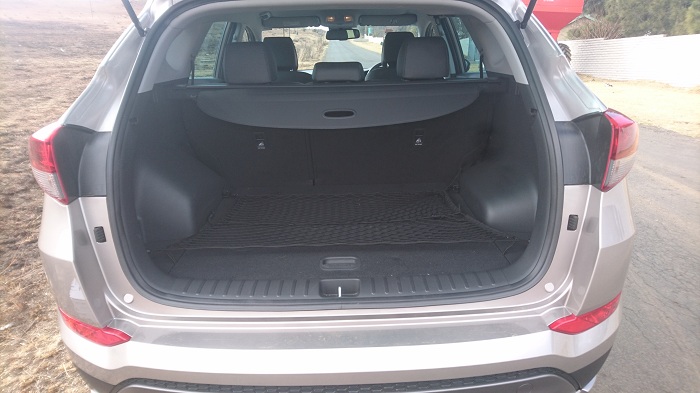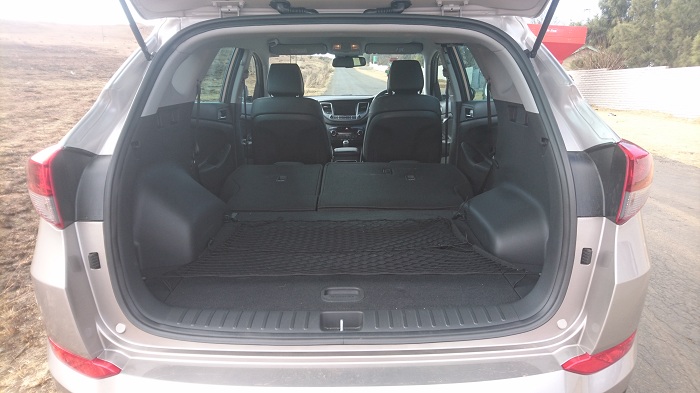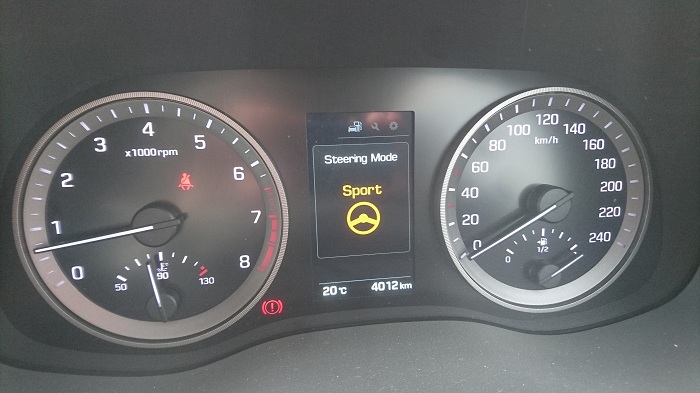With its focus as a champion of mid-priced, well-equipped models long since binned in favour of the premium segment, the South Korean auto giant has instead turned its attention to injecting some fun into the increasingly popular compact crossover / SUV segment with its smash-hit Tucson serving as the preferred base.
While still in its infancy with select manufactures rolling out faster and more powerful versions of existing SUVs in response to the global shifts towards pseudo off-roaders, Hyundai has joined the likes of Volkswagen by using the recent launch of the new Elantra to unveil its challenger to the Tiguan 2.0 TSI Highline, the menacing Tucson Sport.
As editor Sean Nurse mentioned in its launch report, the Tucson Sport is effectively a local development of the mid-range Executive model, whereby the black 19-inch alloy wheels and quad exhausts are made locally and the striking Range Rover Sport-esque bodykit sourced from South Korea.
A strange combination its might sound like, but the arrival of White Sand coloured example immediately put any concerns I might have had to rest, especially as its arrived on the same day as my intended bi-monthly trip to the Free State.
Visually, there is no denying that Hyundai has pulled the go-faster SUV look off rather impressively. Along with the aforementioned add-ons, the Sport also gets black wheel arches, chrome detailing and an integrated roof spoiler. Combine this with the already sleek standard looks, and you have something that arguably stands out that bit more than the already eye-catching R-Line infused alternative from Wolfsburg.
It is therefore somewhat unfortunate that the sporty theme does not continue inside where you could be forgiven for confusing the interior with that of a regular Tucson. What has not changed though is the superb levels of fit-and-finish with soft touch materials on most surfaces, good quality plastics and an overall modern look.
That being said, the only criticism remains the buttons placed at the bottom of the eight-inch touchscreen display, which exhibit a distinctly cheap feel while the display itself, especially the somewhat outdated CD receiver, looks decidedly aftermarket. What’s more, the placing of the reverse camera display on the rear-view mirror comes over as downright bizarre given the system’s expansive display size.
The system does however feature Bluetooth, satellite navigation, USB and Aux input as standard, and adds to an already feature rich list of standard items made up auto on/off wipers, cruise control, electric seats, electric windows all around, folding electric mirrors, auto on/off lights, automatic air-conditioning and a full list of safety items such as six airbags and ABS with EBD and ESP.
Despite its newfound sportiness, the Sport does not stray from its family focused SUV roots with excellent levels of the head and leg room front and rear, and a capacious boot measuring 488-litres or 1 478-litres with the 60/40 split rear seat folded down.
What it does differently from a normal Tucson though is kick you in the back of the head when you press the loud pedal. Using the same 1.6-litre turbocharged petrol engine as the Elantra Sport, the Tucson churns out an identical 150kW but with a torque boost from 265Nm to 295Nm.
Even more surprising is the fitment of a simply fantastic slick shifting six-speed manual gearbox, and a Sport mode reserved making the steering heavier. While we have often been taken to task when commenting on power delivery, the instant response offered by the Tucson from low down is nothing but mind-blowing.
With hardly any turbo lag and a seemingly never-ending surge of power, the Sport certainly has what it takes to a give a number of eager hot hatch drivers something to think about. The downside though is that all of the available grunt is send to the front wheels, meaning over-zealous use of the throttle results in huge amounts of torque steer and flashing of the traction control light.
On the open road, the disadvantage of those low profile wheels becomes apparent with a firm if not entirely uncomfortable ride, while the noise from those quad exhausts makes for a truly ear-bleeding experience at the national speed limit. Surprisingly, the trip to the Free State yielded an impressive 8.0-litres/100km, bettering the claimed 8.9-litres/100 km, although this fell back to 8.3-lites/100km at the completion of the Sport’s seven day 920km tenure.
The Tucson Sport is certainly something different and indeed comes as a departure from any Hyundai offered until now. For all its added appeal and indeed a jewel of a drivetrain, we cannot help but feel that most buyers would instead opt for one of the diesel models than pay the Sport’s R499 900 asking price.



